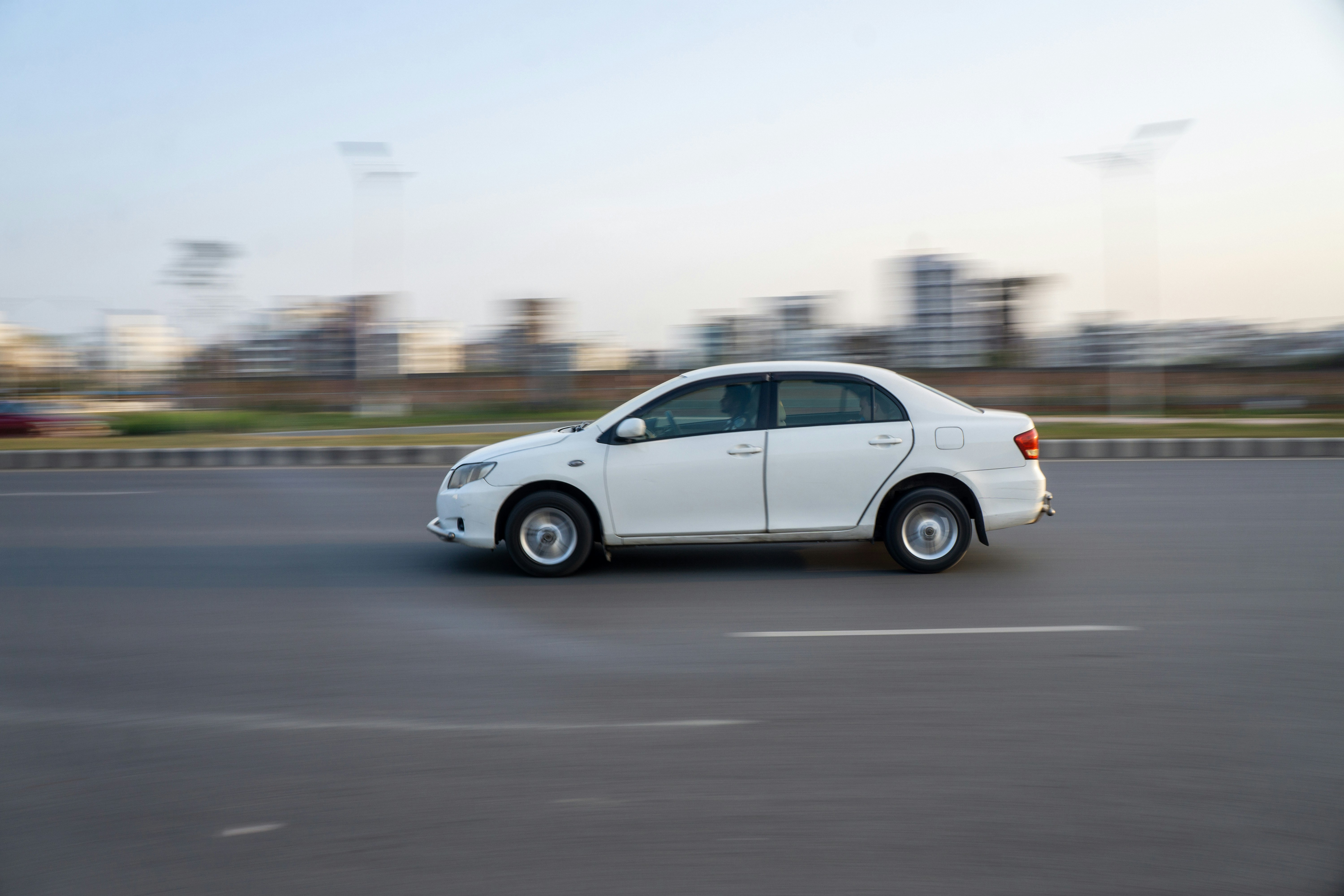Fleet accidents come with significant costs—financially, in lost time, and in the worst cases, lives. Driver distraction, fatigue, and lack of training are among the biggest contributors.
In Queensland alone, an estimated 29 people are killed each year, and 1,284 are injured in crashes where driver distraction plays a role. In New Zealand, the picture is similar: in 2022, driver distraction caused 27 fatal crashes, 98 serious injury crashes, and 809 minor injury crashes.
Beyond distraction, insufficient driver training means drivers may lack the skills to operate fleet vehicles safely, particularly in advanced areas like hazard perception and risk management.
The Real Costs of Vehicle-Related Incidents
We all know the direct costs of repairs after an accident, but what about the hidden, indirect costs? Here’s a breakdown:
- Incident costs: These are the direct expenses—repairs, panel beating, replacement parts, or new tyres.
- Short-term costs: These include vehicle replacement, loss of productivity, HR involvement, administrative time, rental cars, and staff absence.
- Long-term costs: Over time, you might face increased insurance premiums, vehicle wear and tear, and reduced resale value.
- Brand costs: With most fleet vehicles branded, you don’t want your logo involved in an accident.
In addition to this, a study by Thatcham Research found that claims for battery electric vehicle (BEV) incidents are 25.5% more expensive, largely due to costly parts like batteries. Repairs also take 14% longer on average because of the complexity and parts availability.
The Impact of Driver Training
For example, the cost of repairing a Mazda CX5 bumper has jumped from $1,900 in 2012 to $3,449 today—thanks to increased vehicle technology, which makes repairs more complex. But for the same $3,449, you could train 58 drivers on our Safety Plan, improving their skills, behaviours, and awareness, which leads to fewer incidents.
In short, the cost of one repair could be better invested in driver training, reducing the chance of future accidents and saving you money over time. Fewer accidents mean lower repair bills, insurance premiums, and less lost productivity.
Plus, safer driving also means more fuel-efficient driving, which translates into reduced fuel costs and more sustainable outcomes—a win-win for your business.
A path to reducing costs
Vehicle damage doesn’t have to be an inevitable, ‘sunk cost.’ You can reduce the likelihood of repairs by properly training your drivers.
How much could you save by investing in driver training? Get in touch for a free demo, try the training for yourself and we’ll help you work out the savings for your fleet.





.png)

